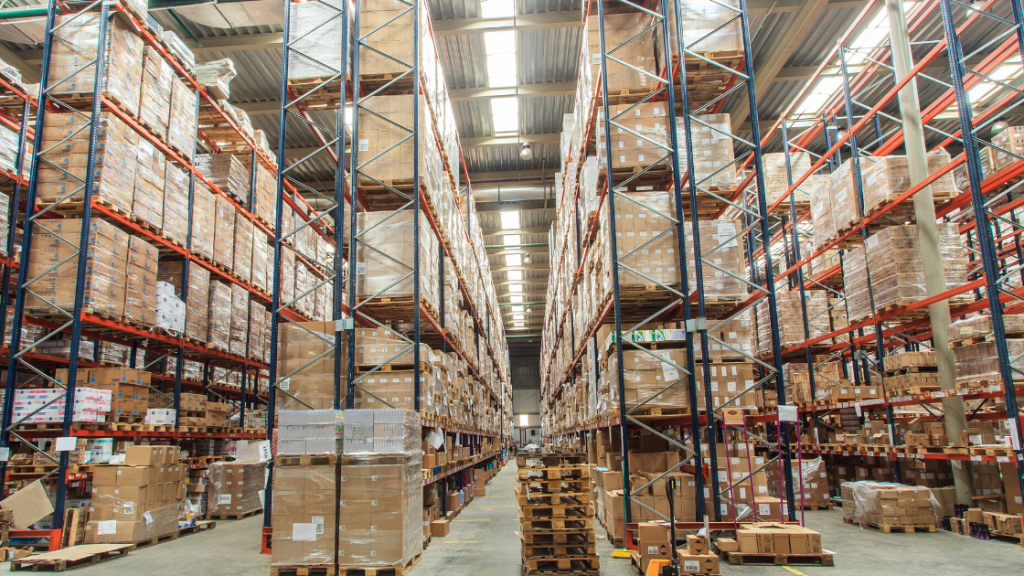Editor’s note: Business consultants are recommending diversifying from China. But they still don’t have the national interest in building our jobs and our economy in their reports.
‘State of Logistics Report’ says ‘painful and chaotic’ 2020 will likely lead to more stockpiling, shifts in manufacturing
[Jennifer Smith | June 23, 2020 | WSJ]
Businesses reeling from the coronavirus pandemic must retool their supply chains, building in new backstops and inventory buffers in the face of global economic uncertainty, according to a new report.
Companies “will have a new focus on resilience,” said Michael Zimmerman, a partner at consulting firm A.T. Kearney Inc. and a lead author of the annual “State of Logistics Report,” which was released Tuesday by the Council of Supply Chain Management Professionals.
“That means having more options. Multishoring and higher inventories are two likely outcomes,” Mr. Zimmerman said.
The report is an annual assessment of how effective U.S. companies, including manufacturers, retailers and their suppliers, have been in managing the costs and efficiency of their supply chains.
By the report’s measures, which include inventory-carrying costs and transportation spending, corporate supply chains grew leaner in 2019.
U.S. corporate spending on logistics and shipping-related business as a share of gross domestic product fell to 7.6% in 2019 from 7.9% the previous year, the report said. That was “a return to normal” from 2018, the report said, when companies scrambled to keep up with strong consumer demand and paid high rates to find scarce trucking capacity.
The pandemic has unleashed a “painful and chaotic period” this year as companies and logistics providers grapple with “halting recoveries of supply, ongoing demand destruction and secondary waves of infection,” said Mr. Zimmerman.
Companies now likely will need more warehouse space to keep more goods on hand to guard against potential shortages, he said, and manufacturers looking to reduce the risk of disruption will accelerate shifts that began before the pandemic, moving some production from China to other parts of Asia and closer to home.
Transportation and warehousing providers will need to adjust their operations as well, investing in technology to improve efficiency and ramping up to support increased demand for online shopping. Small and medium-size truckers that rely on industries such as the automotive and hospitality sectors “will be the hardest hit,” said Mr. Zimmerman, who predicted carrier cutbacks and a rise in bankruptcies, “at least in the short term.”
Tight warehousing space drove inventory storage costs up 6.6% in 2019 compared with the previous year, the report said, although overall inventory carrying costs declined. Mr. Zimmerman said those costs would rise by 5% to 10% if businesses adjust their supply chains to keep more stock on hand.
“Our suppliers and our shippers are looking to increase their storage capacity closer to their customers,” Marc Althen, president of Penske Logistics, said in an online briefing on the report’s results. “Customers are starting to move away from the very, very large [distribution centers] that are out in the middle of nowhere, closer to urban areas.”
Shippers coping with volatile swings in demand are looking for more flexible warehousing options, Mr. Zimmerman said, so they can “flex space availability up and down without incurring very costs,” by sharing space with other customers, for example.
The rapid growth of e-commerce during the pandemic follows strong gains in 2019 by the U.S. parcel delivery sector, which the report said grew 8.5% from the year before to become a $114 billion market. Trucking costs rose 3% last year, the report said, while spending on rail slipped 1.4%.
Read the original article here.













